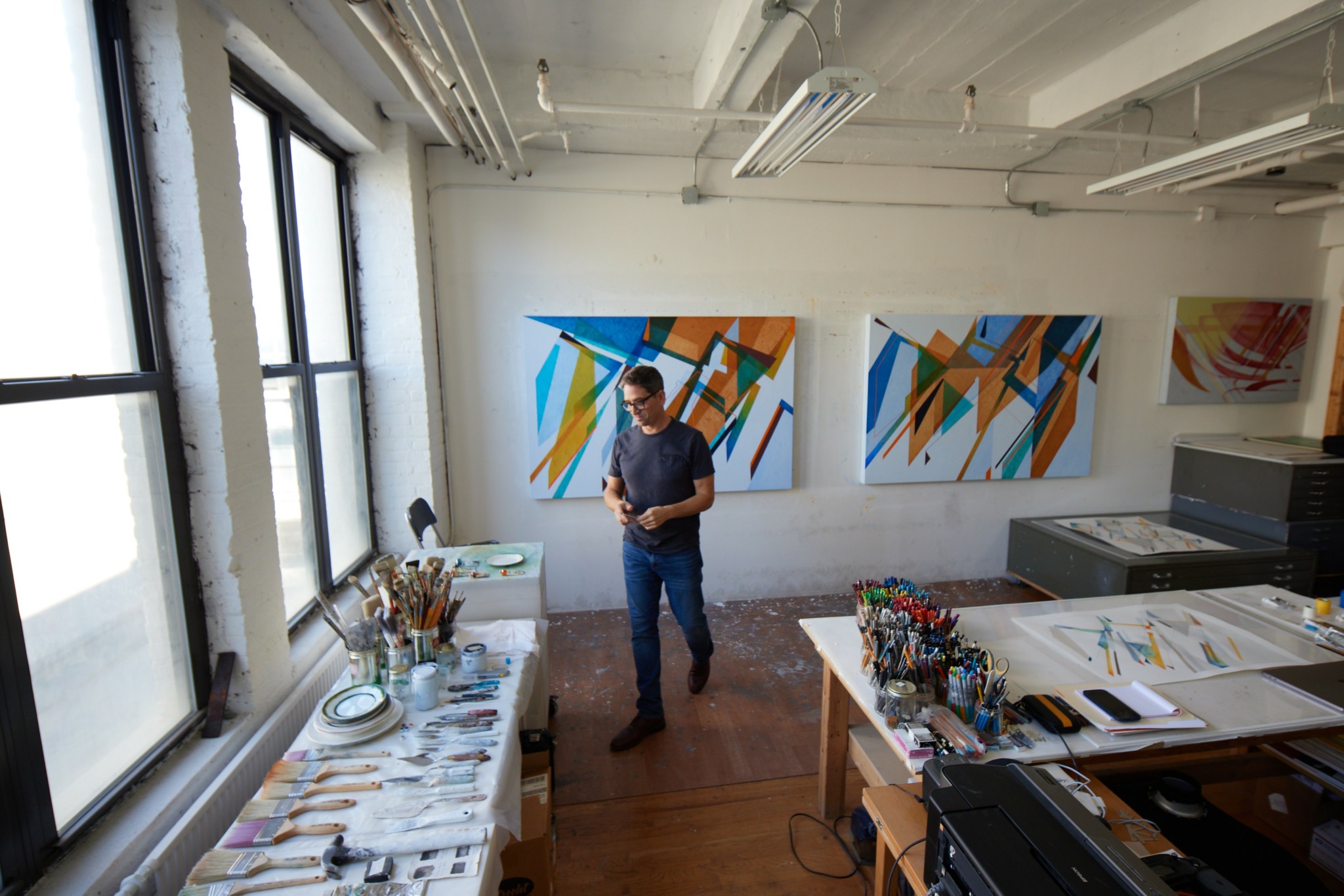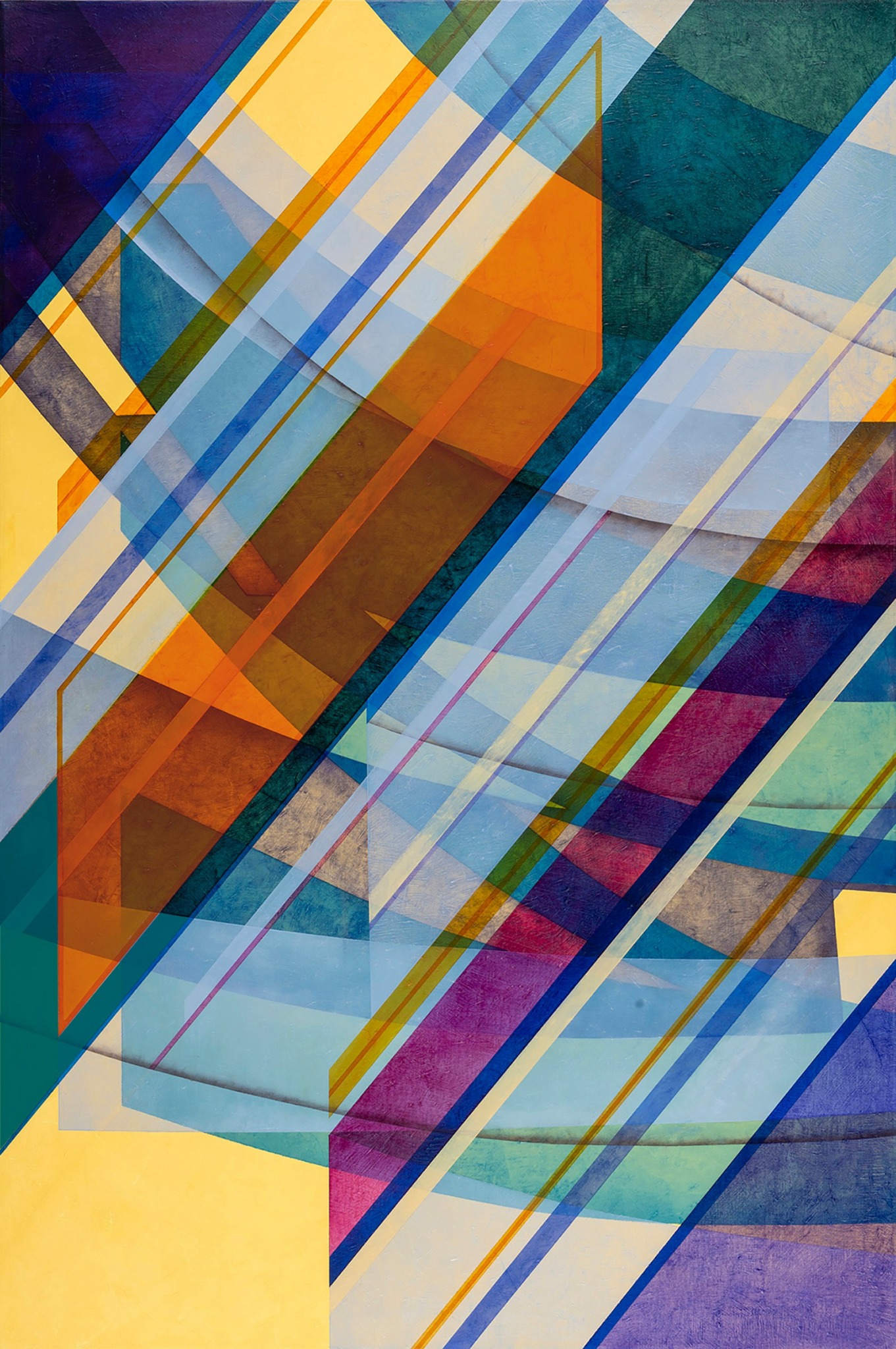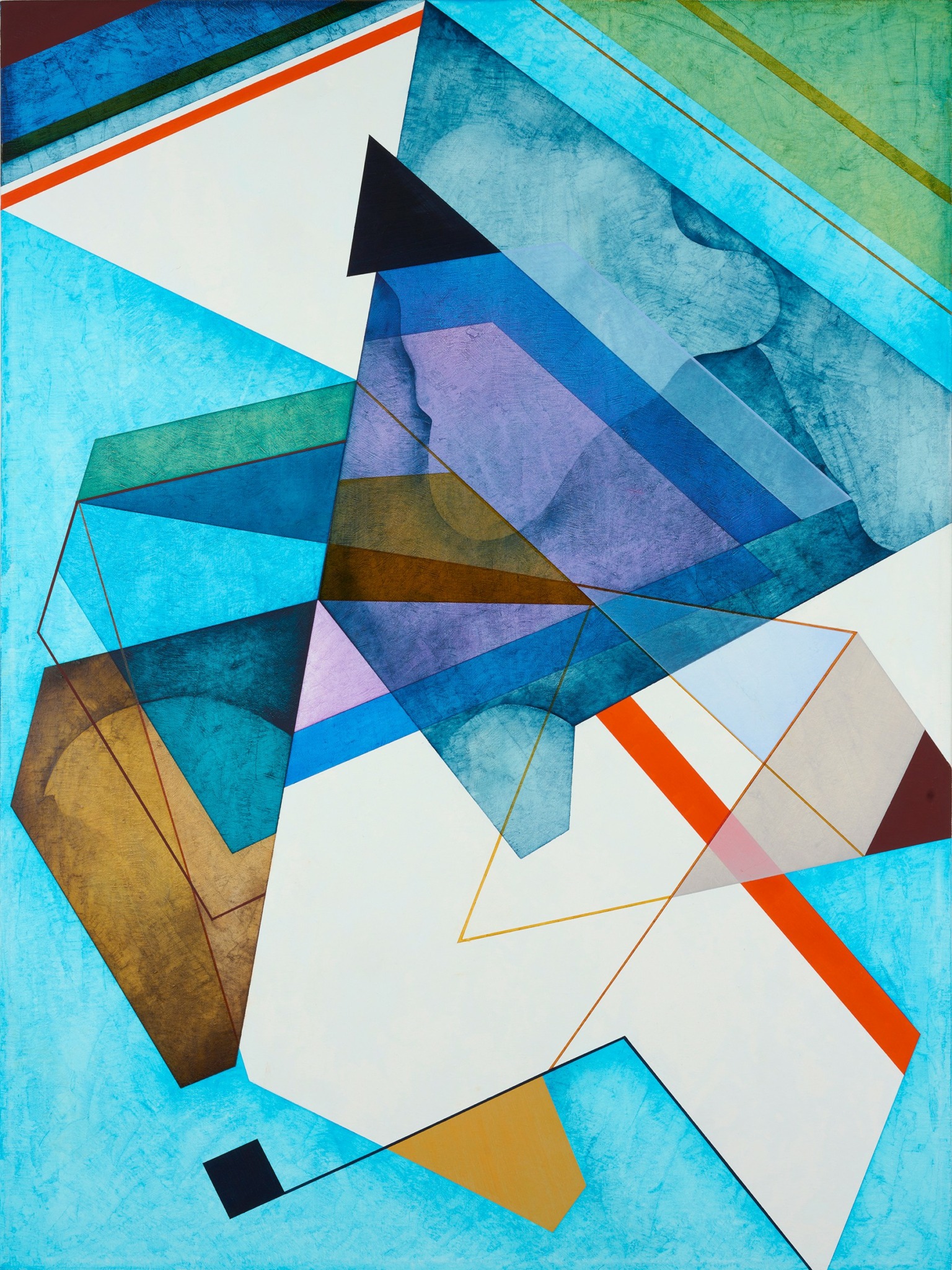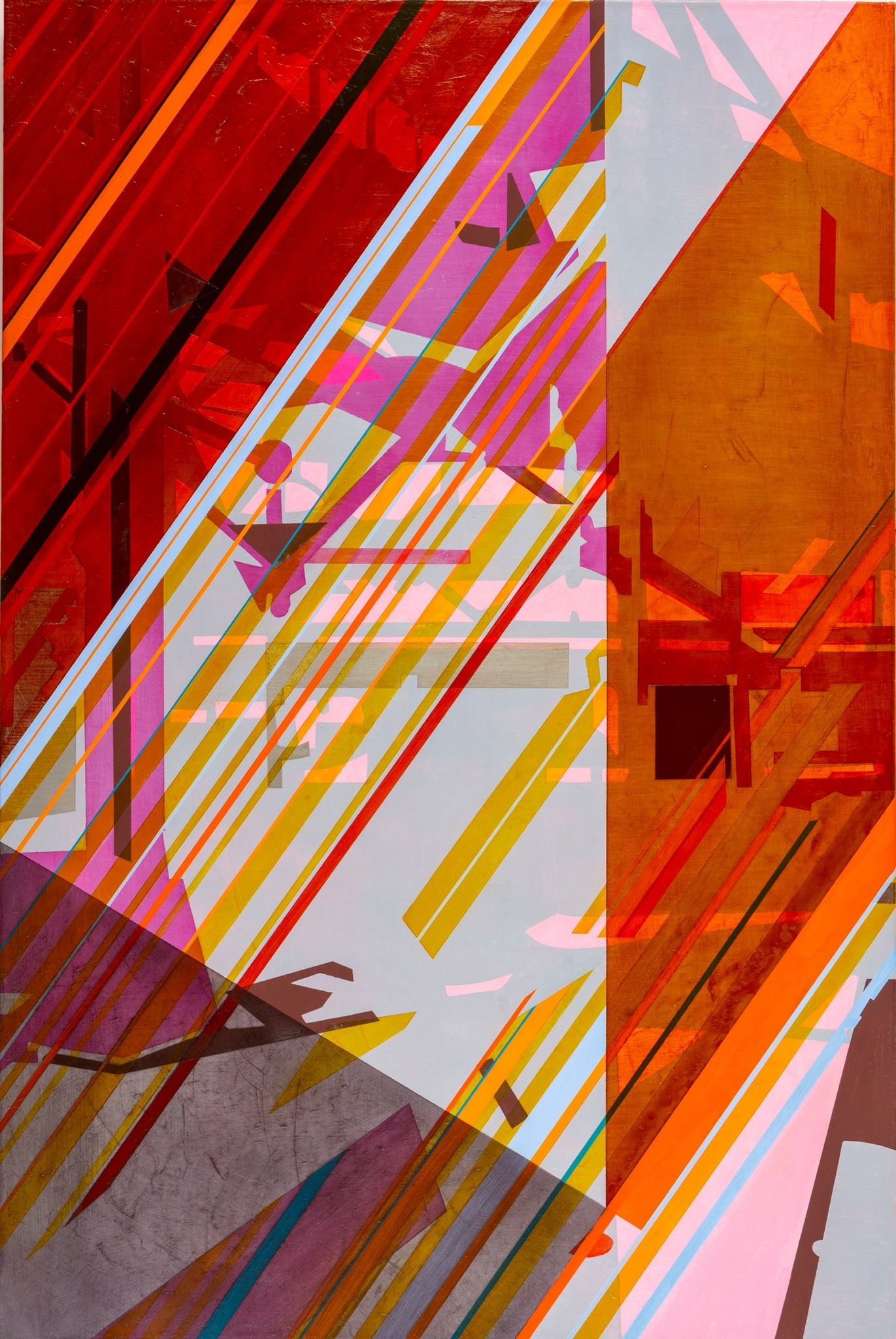Alright – so today we’ve got the honor of introducing you to Paul Fabozzi. We think you’ll enjoy our conversation, we’ve shared it below.
Paul , looking forward to hearing all of your stories today. We’d love to hear about when you first realized that you wanted to pursue a creative path professionally.
I always loved to draw and was encouraged by my family. But it was not until I was ready to go to college that I thought about becoming an artist. The idea of art being my life took time to develop. I had the opportunity to spend quite a bit of time in Italy during my student days and those trips played a big part in that choice. My Italian travels/studies helped me understand that being an artist is a way of life not just a career path.


Awesome – so before we get into the rest of our questions, can you briefly introduce yourself to our readers.
My creative process starts with experiences of awareness in architectural space. Then a method of translating those sensations into paintings and drawings unfolds, that starts with photographs that are put through various permutations until they become an open structure that I can rearticulate in painting. This refilling process is an intuitive one that draws on the initial impulse to work with that space, but also brings my past experiences along with it.
This way of working offers me an opportunity to contemplate and feel more deeply the role that image making itself plays in constructing my conscious relationship to the world around me. My work stakes a claim for the role that image making itself plays in constructing our conscious relationship to the world around us and explore our human need to actively establish deep connections to the physical world.
Because my work often starts with the experience of architectural spaces, I must also engage with the histories of the built environment. I am also very interested in understanding the nature of experience itself, which pulls me into philosophy. Working with materials is another form or research. I need to know what my materials can and can’t do. Sometimes my studio looks like a laboratory of experiments in materials.


How can we best help foster a strong, supportive environment for artists and creatives?
I have been a professional artist for over 30 years. I that time I have had a lot of opportunities to work with great people in interesting places. As I have gotten older, I have come to more deeply appreciate the way artist build communities. To me the key is rich localized supportive communities. If more people decided to just plug in to what is already happening around them locally, they would go a long way to making art thrive.


What do you find most rewarding about being a creative?
For me it is the love of the game so to speak. I love making the work. When I get to my studio in the morning and close the door and it is just me and my materials, that’s what is is all about. It is sometime a challenge to keep other voices like success, failure, sales, recognition…etc out of my studio, but it is essential.
Contact Info:
- Website: https://www.paulfabozzi.com
- Instagram: paul_fabozzi_studio


Image Credits
Michael Marfione for the shots of me in my studio. The shots of my work are Ted Morrison.


